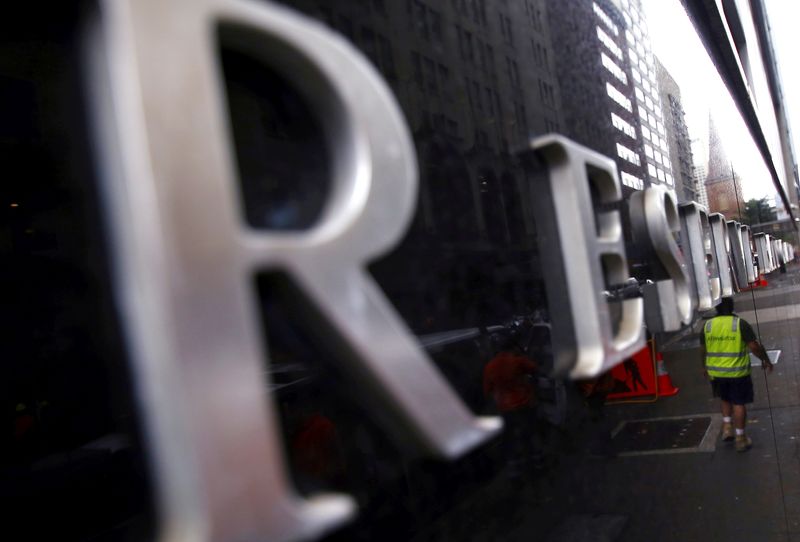SYDNEY – Australian households are generally well placed to absorb rising borrowing costs though more recent home buyers could be vulnerable with interest rates set to rise further in the months ahead, a top central banker said on Tuesday.
Reserve Bank of Australia (RBA) Deputy Governor Michele Bullock said households had built up around A$260 billion ($177.4 billion) in excess savings during the pandemic and most were well ahead on their mortgage repayments.
Most also had substantial equity in the homes after steep price rises in recent years, though values in Sydney and Melbourne had begun to decline in the past few months.
“I would conclude that as a whole households are in a fairly good position,” to contend with higher rates, Bullock said in a speech in Brisbane, while also flagging more increases ahead.
The central bank raised rates by 50 basis points to 1.35% in early July, the third hike in as many months, and markets are wagering rates could top 3% by the end of the year.
Minutes of the RBA’s July policy meeting showed the Board discussed the neutral rate – one that is neither expansionary nor contractionary – and decided the current rate of 1.35% was “well below” that.
The neutral rate is imprecise but has been estimated to be in a range of 2%-3%, with RBA Governor Philip Lowe often nominating 2.5% as around neutral.
Consumer price figures due next week are expected to show annual inflation accelerated beyond 6% in the June quarter, and the RBA itself expects it to reach at least 7% by Christmas.
Recent data showed unemployment fell sharply in June to a 48-year low of 3.5% as hiring outstripped all expectations, fuelling pressure for larger rate increases.
Bullock cautioned that some households would be pressured by higher borrowing costs, including those that had taken out fixed loans in the last year or two.
She estimated half of fixed-rate loans would face an increase in repayments of at least 40% when they expired, leading to a median rise of around A$650 in monthly repayments.
“While in aggregate it seems unlikely that there will be substantial financial stability risks arising from the household sector, risks are a little elevated,” Bullock warned.
How those risks played out would be influential on the pace and scope of further rate increase, she added.
($1 = 1.4654 Australian dollars)
(Reporting by Wayne Cole; Editing by Stephen Coates)
